Saudi Arabia: Future technological giant of post-oil era Vision 2030 in action
The Kingdom of Saudi Arabia ranks second in the world after the United States in oil production, producing around 10 million barrels per day. Its nominal GDP amounts to approximately $1.1 trillion. Meanwhile, oil exports account for 90% of the country’s export revenues, 75% of budget income, and 45% of GDP. However, as the world gradually transitions to alternative energy sources, the government cannot ignore the need to prepare for a post-oil future.
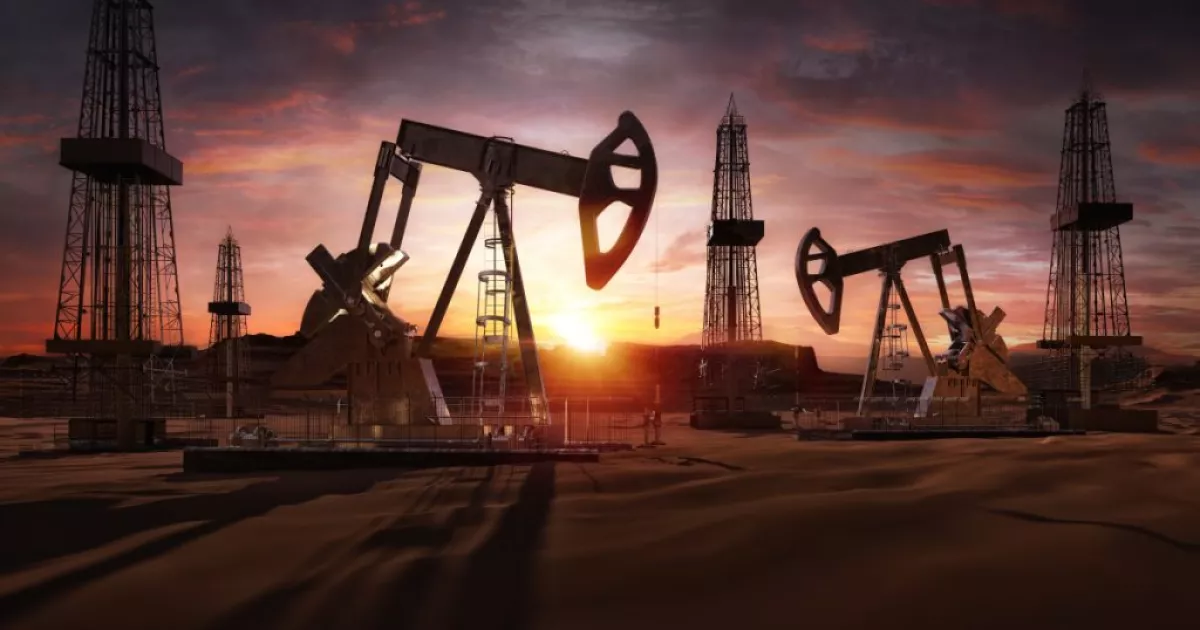
The Saudi leadership faces two key challenges.
First, it must modernise its system of political and defence alliances to ensure the security of investments in the national economy—no easy task in such a volatile region as the Middle East.
Second, the state must direct significant efforts and resources toward modernising the economy by creating favourable conditions for the development of new industries.
Diversification of foreign policy
On the global stage, the country seeks to diversify its foreign relations, including by reducing its dependence on the United States. Saudi Arabia is an absolute monarchy led by Crown Prince Mohammed bin Salman Al Saud (MBS), the de facto ruler of the state. Traditionally, the Kingdom has relied on trade with the U.S., American military protection, and arms supplies.
The pact between the Sunni oil monarchies of the Gulf and the United States, concluded in the late 1970s, was long regarded as effective. Its strength was particularly evident in 1991, when the U.S. destroyed the Iraqi army that had occupied Kuwait.
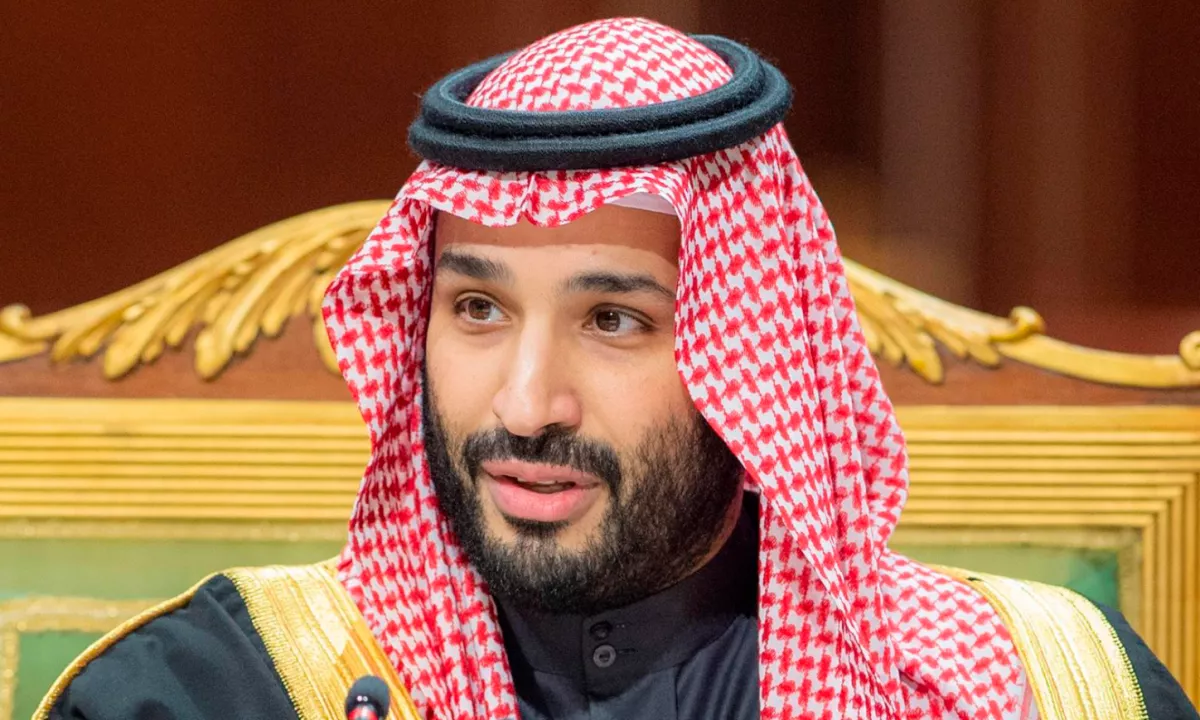
However, in today’s world, American protection has become far less reliable. When Iran attacked Saudi oil processing facilities in 2019, the United States did not come to Riyadh’s defence. Against the backdrop of the Trump administration’s isolationism, the Saudis grew seriously concerned about their future. As a result, Riyadh now seeks to pursue a more balanced foreign policy.
The country is strengthening its ties with China, which has become its main trading partner, with a turnover of $100 billion. Moreover, Beijing acted as a mediator in negotiations to normalise Saudi-Iranian relations. Following consultations in China, the two sides signed an agreement to restore diplomatic ties.
It seemed that an important stage in expanding Saudi Arabia’s external relations could have been the normalisation of ties with Israel under U.S. mediation. The mutual recognition agreement proposed within the framework of the Abraham Accords envisioned cooperation between Saudi investors and Israeli technology and defence companies, as well as the construction of a major transport corridor between the two countries. The project aimed to integrate their economies and establish a new trade route linking the Indo-Pacific region with the European Union.
Israel was also viewed as a potential partner in countering Iran — Saudi Arabia’s main geopolitical rival. According to The Washington Post, the Kingdom and other Arab monarchies of the Persian Gulf had already conducted joint military exercises with Israel under U.S. auspices.
However, amid the fighting in Gaza and Israel’s bombing of Qatar, the Saudis postponed plans for cooperation with Tel Aviv. Moreover, the attack on Qatar — a U.S. ally and a fellow member of the Gulf Cooperation Council (GCC) — prompted Riyadh to reassess its attitude towards Israel, whose policies are causing growing concern.
Saudi Arabia aspires to be the flagship of the Arab and Sunni world, which makes any public support for Israel amid the Palestinian–Arab conflict impossible. Moreover, Israel’s bombing of Qatar has raised suspicions in Riyadh that, under U.S. patronage, Tel Aviv intends to reshape the region through force.
The Saudis expressed support for Qatar, despite their previous serious disagreements. Today, the Gulf Cooperation Council (GCC) states are demonstrating increasing unity and are considering joint actions in the face of growing external threats. They share a simple understanding: wealth based on oil and gas, without strong armies, leaves these states vulnerable to external aggression — as was the case with Kuwait in 1990.
The Gulf states have renewed their security agreements, reaffirming provisions similar to Article 5 of NATO, which stipulates that an attack on one member is considered an attack on all. At present, ties between GCC countries are strengthening, and discussions are underway on creating a joint defence structure — though a lack of mutual trust still hinders its implementation.
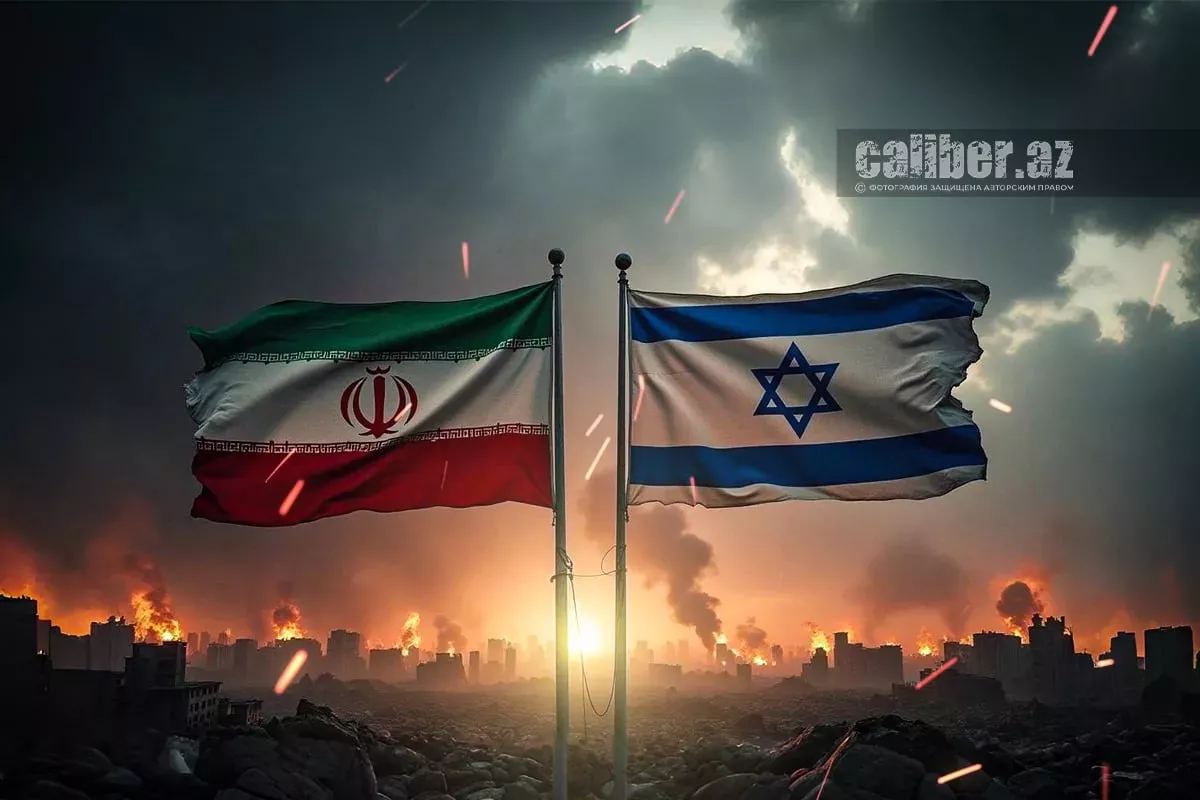
Amid growing instability in the Middle East, the exchange of strikes between Israel and Iran, and the isolationist stance of the United States — once the key protector of the region’s oil monarchies — Saudi Arabia is strengthening its military cooperation with Pakistan, a nuclear power.
On September 17, 2025, the two sides signed a Strategic Mutual Defence Agreement. Although the full text of the treaty has not been made public, Riyadh stated that it includes a clause stipulating that any act of aggression against one party will be regarded as an act of aggression against both.
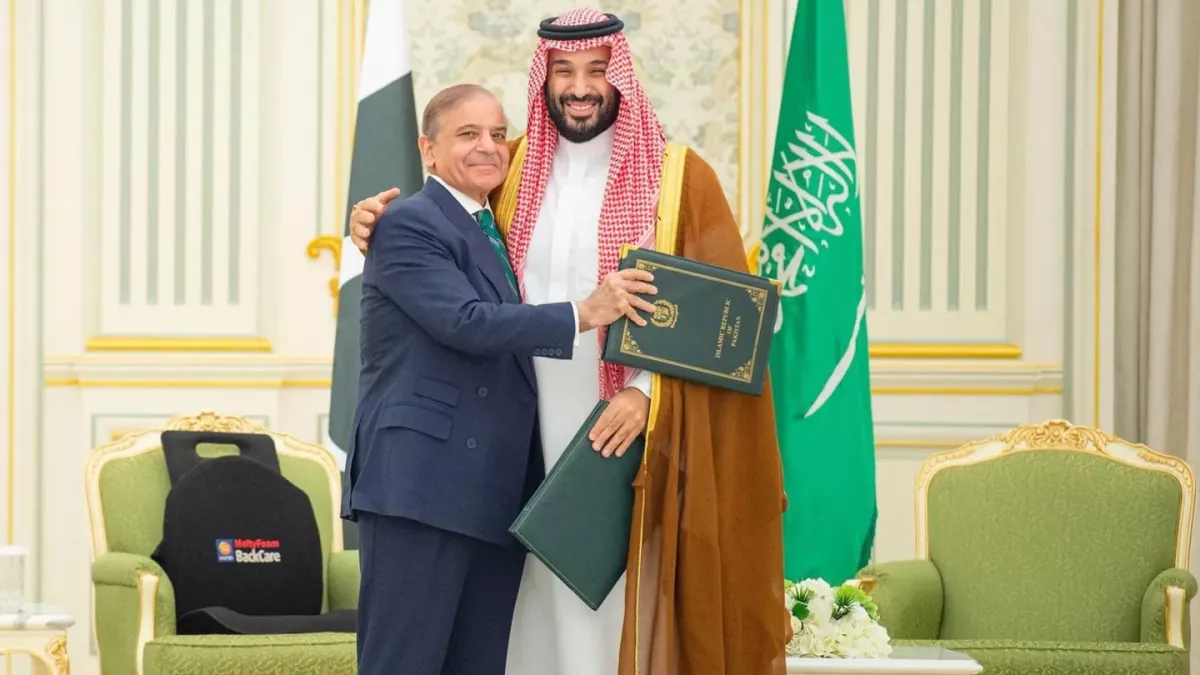
Money loves silence. MBS seeks to ensure his country’s security, since only in conditions of stability can investors with billions of dollars and advanced technologies be attracted. International investment is driven by two factors — profitability and risk level.
Economic plans
At the heart of the Vision 2030 modernisation project lies the construction of a city of the future — Neom. The project is funded by the Public Investment Fund with an allocation of $500 billion. When discussing Neom, people usually mention its futuristic architecture and unique design, but the essence of the project goes far deeper.
Crown Prince Mohammed bin Salman envisions Neom as a city operating independently of the “existing state system”, with its own tax and labour laws, as well as an “autonomous judicial framework.” This means that Saudi Arabia is following in the footsteps of the UAE, which created favourable tax and legal conditions for foreign investors. Establishing a business-friendly environment is the primary prerequisite for attracting capital.
Meanwhile, the state investment company Alat plans to invest $100 billion by 2030, fully aligning with the Crown Prince’s ambition to reduce the Kingdom’s dependence on oil. The company has announced plans to develop sectors such as artificial intelligence, manufacturing, and green energy. One of its key projects involves the creation of a fully automated industrial and engineering hub in Riyadh dedicated to robotics production.
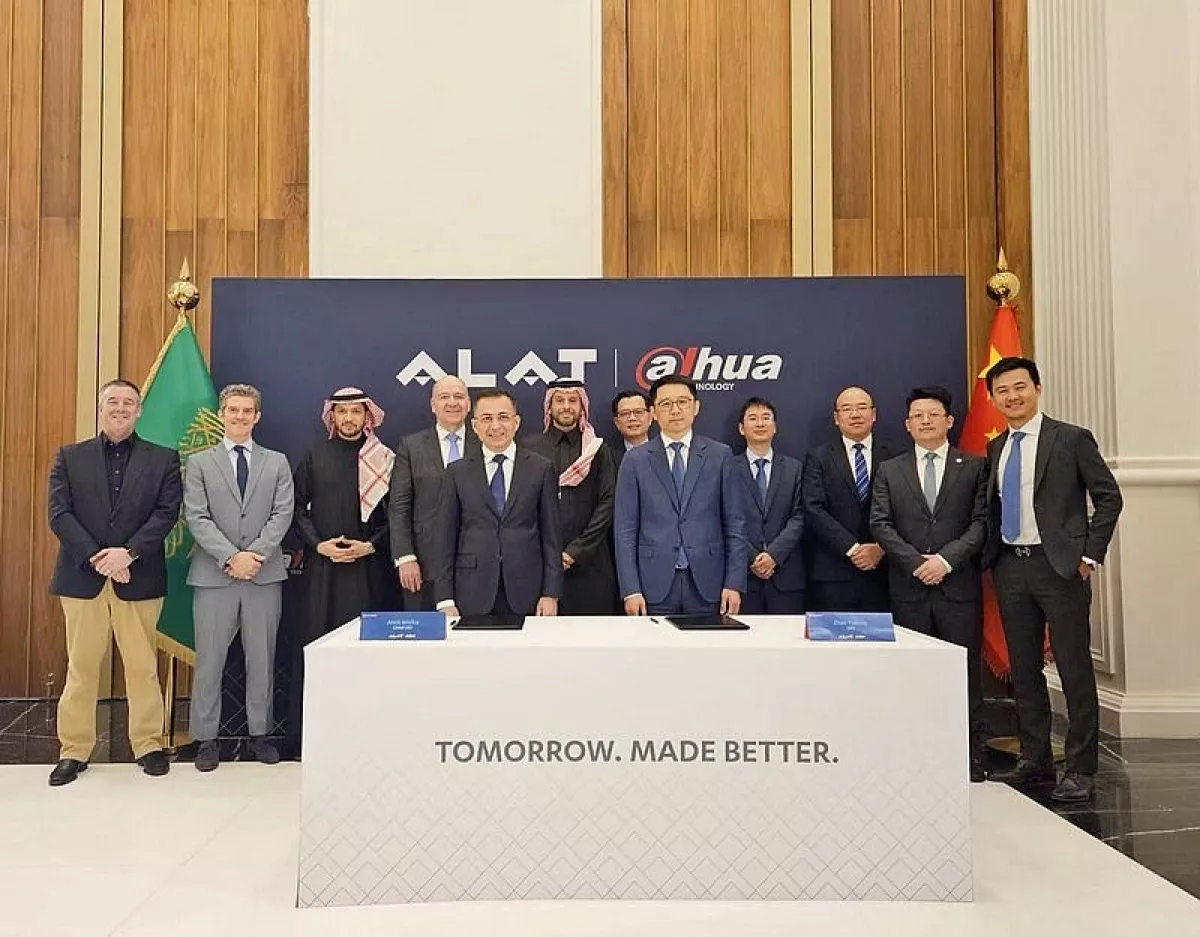
Chinese firm Dahua Technology, one of the world’s leaders in video surveillance, has already announced the establishment of a joint venture with Alat.
Particular attention is also being given to the development of massive data centres. Advocates of the initiative believe this will help position the Kingdom among the global leaders in IT infrastructure. Reports indicate that the newly established state company Humain aims to handle up to 6% of the world’s AI workloads in the coming years. Leading global technology corporations have already expressed interest in collaborating on this initiative.
Saudi and Chinese companies also plan to build the largest aluminium industrial cluster in Riyadh. “By enabling the creation of the largest integrated downstream aluminium industrial base in Saudi Arabia, we are not only strengthening Saudi Arabia's downstream aluminium manufacturing capabilities but also reinforcing the Kingdom's role as a global hub for sustainable industrial development,” said Mahmoud Al-Asmari, Director of Minerals and Metals at the National Industrial Development Centre.
By 2023, the number of factories established through joint projects with Chinese and American companies had increased by 50% compared to 2016, when the Vision 2030 programme was launched. If this trend continues, by 2035 there will be around 32,000 such enterprises operating in Saudi Arabia. The Kingdom thus demonstrates its readiness to cooperate pragmatically with its geopolitical rivals — the United States and China.
In addition, Saudi Arabia intends to develop its nuclear programme. The construction of a large-scale nuclear power plant is scheduled to begin in 2026. Initially, hopes were pinned on the United States; however, tender proposals have now been sent to China, South Korea, France, and Russia.
Overall, the Kingdom’s leadership has set an ambitious goal — to transform the country into a modern scientific and industrial power. To achieve this, sweeping political and economic measures are being undertaken.
Yet the question remains: can these plans truly be realised in such an unstable region as the Middle East? Only time will tell.








